Seismic Design Innovations for Homes: AI Tools, Base Isolation & Resilient Materials
Looking for earthquake-resistant home design solutions in 2025? In seismic zones across California, Japan, Turkey, and other high-risk regions, structural engineers are redefining the standards for residential construction. Gone are the days when life-safety alone was sufficient. Today, the focus has shifted toward performance-based design, functional recovery, and systems that can withstand earthquakes with minimal damage and downtime.
Why choose JMVC Consulting Structural Engineers for your seismic design needs? We stay at the forefront of these innovations to deliver earthquake-resilient homes worldwide, combining cutting-edge technology with proven engineering expertise.
Artificial Intelligence (AI) and Machine Learning (ML) are now integral to modern earthquake-resistant home design.
Advanced Seismic Analysis Tools for Earthquake-Resistant Homes
What are the best seismic analysis software tools for residential design in 2025? The latest seismic design tools go beyond traditional empirical methods. With high-performance computing (HPC), engineers can now simulate thousands of earthquake scenarios using 3D nonlinear dynamic analyses. This enables detailed modeling of structural behavior, including soil-structure interaction, and supports performance-based seismic design (PBSD) targets such as Immediate Occupancy and Collapse Prevention.
Top-rated seismic analysis software like ETABS, SAP2000, and OpenSees are integrated with time-history analysis, while the Applied Element Method (AEM) offers predictive insight into post-yield and collapse mechanisms. These industry-leading tools allow engineers to test multiple framing options and configurations digitally, optimizing structural performance before breaking ground.
Base Isolation and Damping for Residential Buildings: Cost-Effective Solutions
How much does base isolation cost for homes? Base isolation, once limited to large infrastructure, is now being tailored to residential buildings in seismic zones. Affordable base isolation innovations include:
-
- Low-cost sliding bearings using graphite or talcum powder for low-rise homes.
- Composite isolator systems that combine multiple mechanisms for better control.
- Thin isolation layers under masonry walls allowing controlled slip.
What are the benefits of seismic dampers in homes? Supplemental damping is often used in tandem with isolation. Fluid viscous dampers (FVDs) reduce drift and resonance, making them effective in multi-unit residential buildings. Tuned mass dampers and pendulum systems are also seeing scaled-down applications in houses and mid-rise buildings.
AI in Structural Engineering for Earthquake Zones: The Future is Here
How is artificial intelligence revolutionizing earthquake-resistant design? Artificial Intelligence (AI) and Machine Learning (ML) are now integral to modern earthquake-resistant home design:
-
- AI-assisted design optimization: Rapidly tests layout and material options to meet seismic performance objectives
- Surrogate modeling: Uses past simulations to predict building responses instantly
- Real-time monitoring and control AI-powered systems manage damper operations and detect structural damage.
Benefits of AI in seismic engineering include improved speed, accuracy, and cost-efficiency, ideal for residential projects that require fast turnaround and high precision.
Innovative Lateral Load-Resisting Systems for Homes: 2025 Technology
What are the most effective seismic-resistant framing systems for homes? New lateral force-resisting systems (LFRS) are emerging to improve seismic resilience:
-
- Post-tensioned rocking frames and walls with energy-dissipating fuses
- Steel butterfly link dampers for distributed energy absorption
- Buckling-restrained braces (BRBs) with self-centering features
Why choose timber for seismic design? In timber design, cross-laminated timber (CLT) shear walls and post-tensioned frames offer low-damage seismic resistance and fast repairability. Cold-formed steel (CFS) systems provide lightweight, strong framing options ideal for modular and low-rise homes.
Best Materials for Earthquake Zones: Expert Recommendations
What are the top earthquake-resistant building materials in 2025? Material innovations that enhance seismic safety include:
-
- Engineered Cementitious Composites (ECC): Highly ductile, crack-resistant concrete
- Shape Memory Alloys (SMA): Metals that self-center after deformation
- 3D Printed Concrete (3DPC): Customizable walls with seismic-optimized geometry
- Mass Timber: Lightweight and flexible, ideal for mid-rise resilient housing
- Fiber-Reinforced Polymers (FRP) and FRCM: Strengthening solutions for both new builds and retrofits
Why these materials matter?: These advanced materials improve energy absorption, reduce damage, and offer faster construction timelines in high seismic zones.
Seismic Retrofitting for Homes: Modern Solutions That Work
How much does seismic retrofitting cost for existing homes? Modern retrofitting strategies target residential vulnerabilities more precisely:
-
- FRP wraps and FRCM overlays to reinforce structural elements
- Viscous or lead extrusion dampers added to weak stories or openings
- Cold-formed steel shear walls for lightweight structural upgrades
- Base isolation retrofits now viable for 2- and 3-story houses
- AI-powered 3D scanning and modeling to detect weak points
Advantages of modern retrofit methods: These retrofit approaches are faster, more accurate, and minimize disruptions to occupants.
Performance-Based Seismic Design & Updated Code Standards: 2025 Requirements
What are the latest seismic building codes for residential construction? Performance-Based Design (PBD) now shapes residential seismic engineering:
-
- Focus on functional recovery, not just collapse prevention
- Tools like FEMA P-58, ASCE 41, and PEER guidelines support multi-level performance goals
- ASCE 7-22 and the latest seismic maps reflect updated hazard models and soil response
International seismic design standards: Internationally, countries like Japan, New Zealand, and China are integrating these principles into their residential codes. In the U.S., new mandates emphasize resiliency for multi-family housing and essential services.
Conclusion: Future-Proofing Homes Against Earthquakes
Ready to build earthquake-resistant homes that exceed code requirements? At JMVC, we embrace these innovations to deliver structural solutions that do more than meet code—they ensure long-term functionality, safety, and peace of mind.
Contact JMVC Consulting Structural Engineers today – Whether you’re building a new home or retrofitting an existing structure in an earthquake-prone area, our engineers apply the latest seismic technologies and global best practices to help you build with confidence. Want a future-ready, earthquake-resilient home? Contact JMVC today for expert residential structural design in seismic zones.
Further Reading & Related Code Standards:

